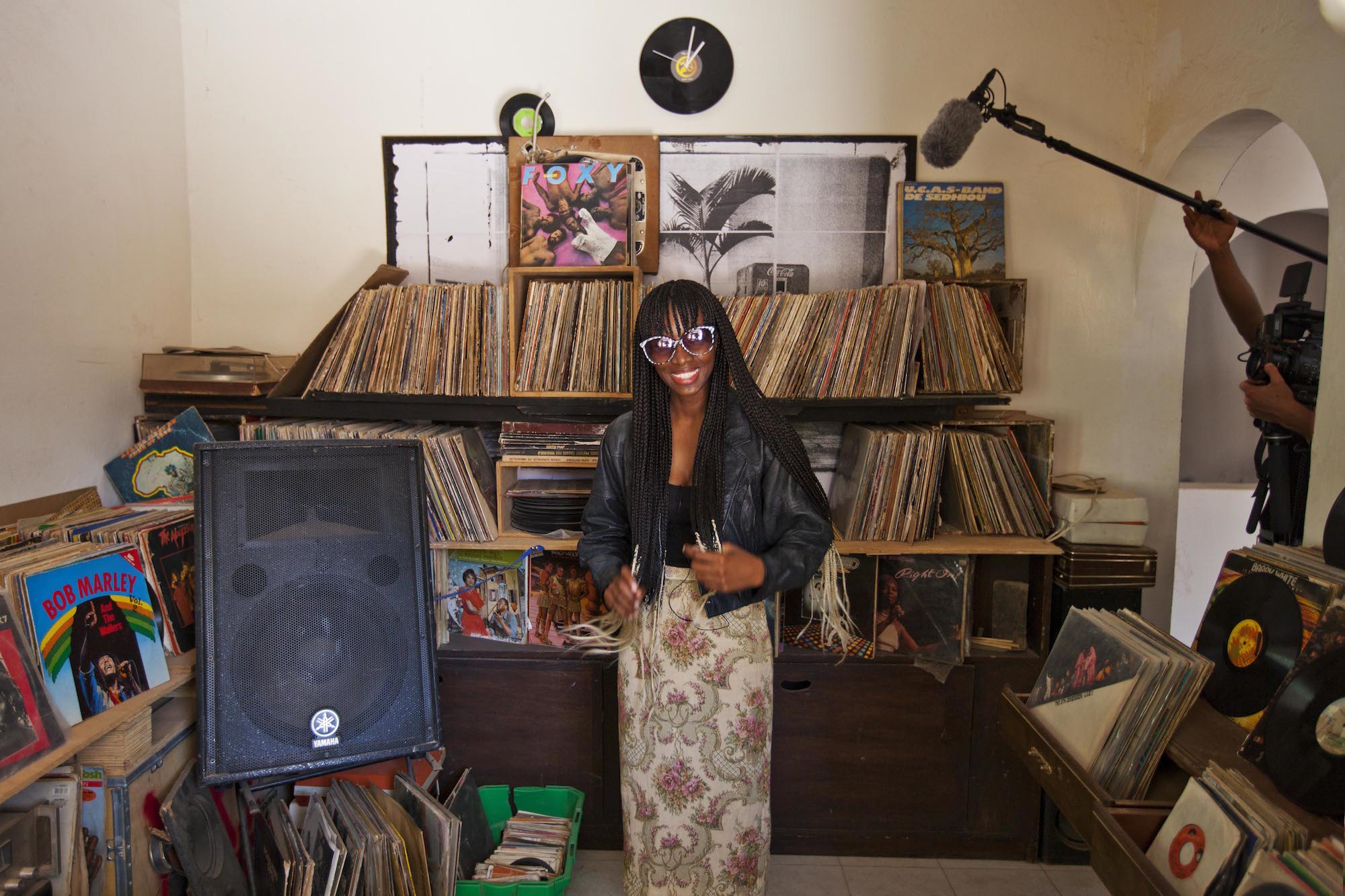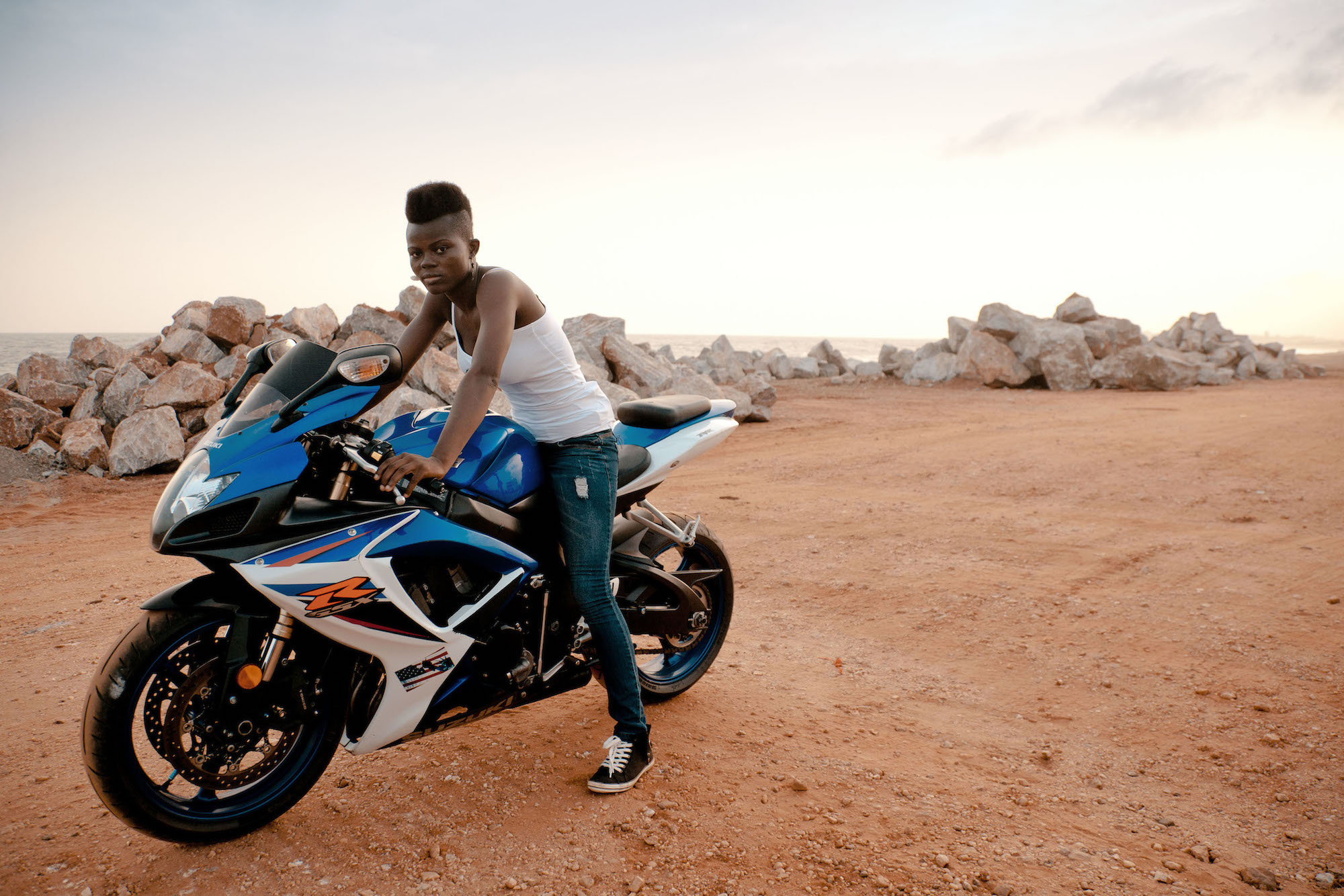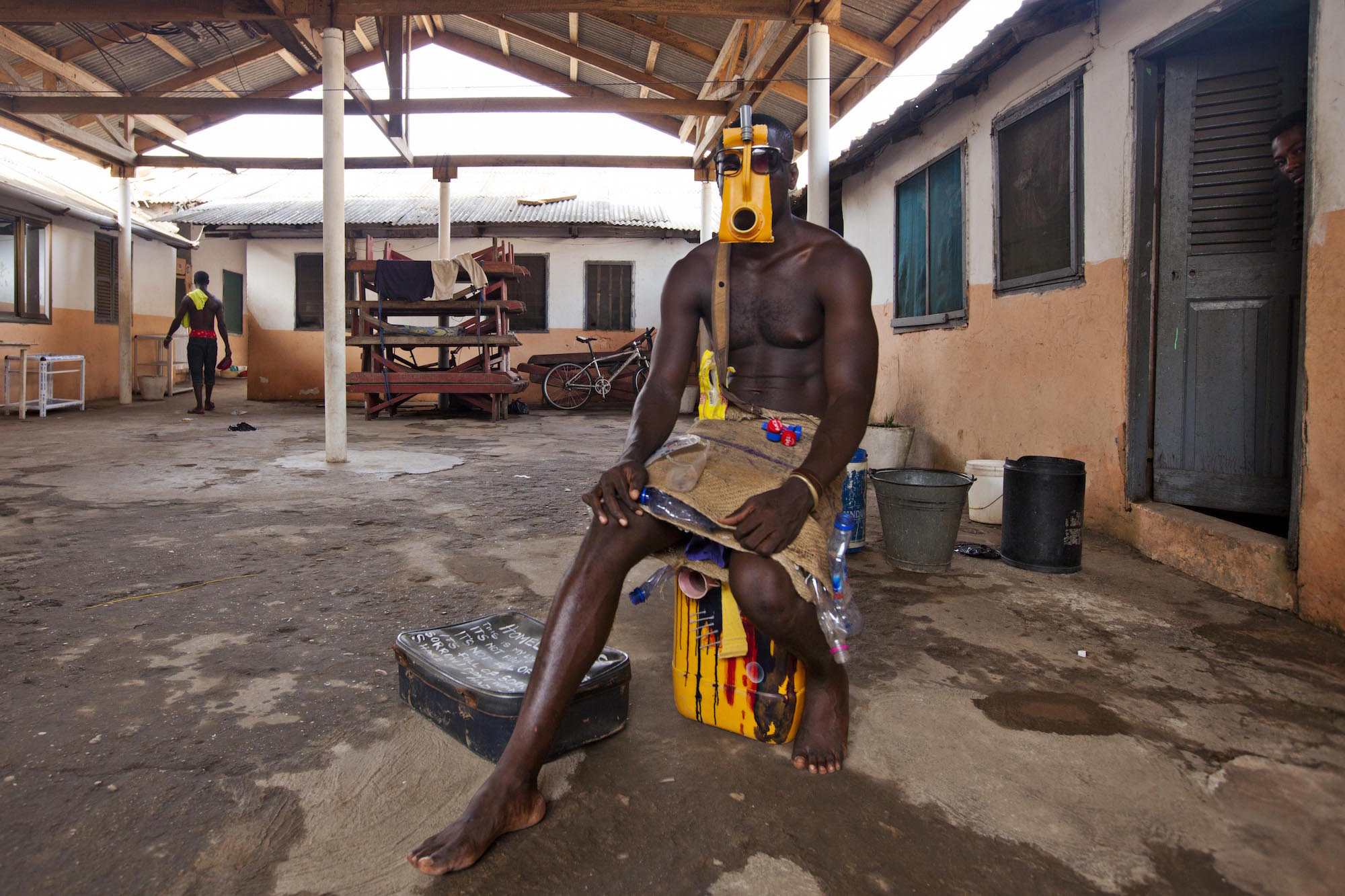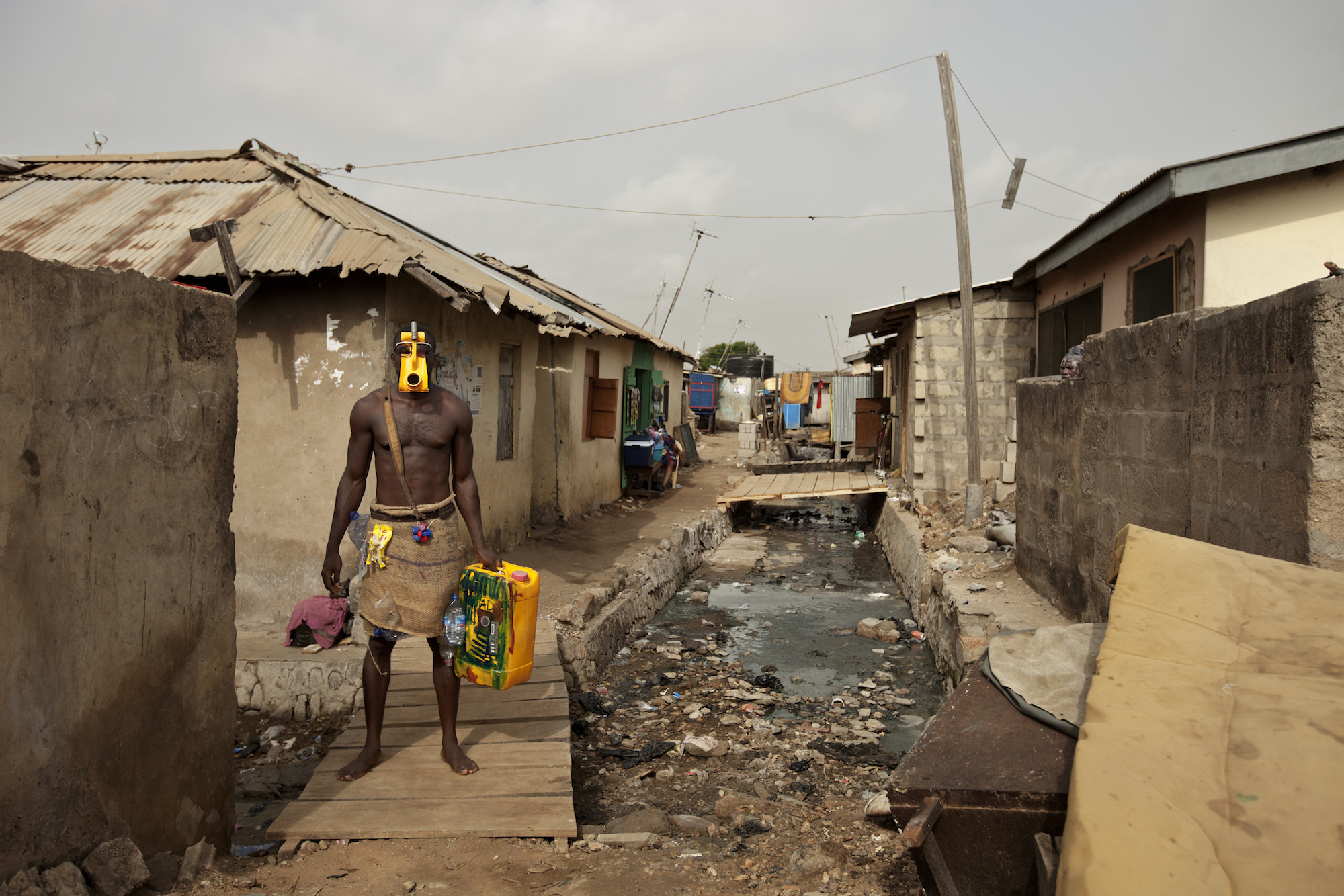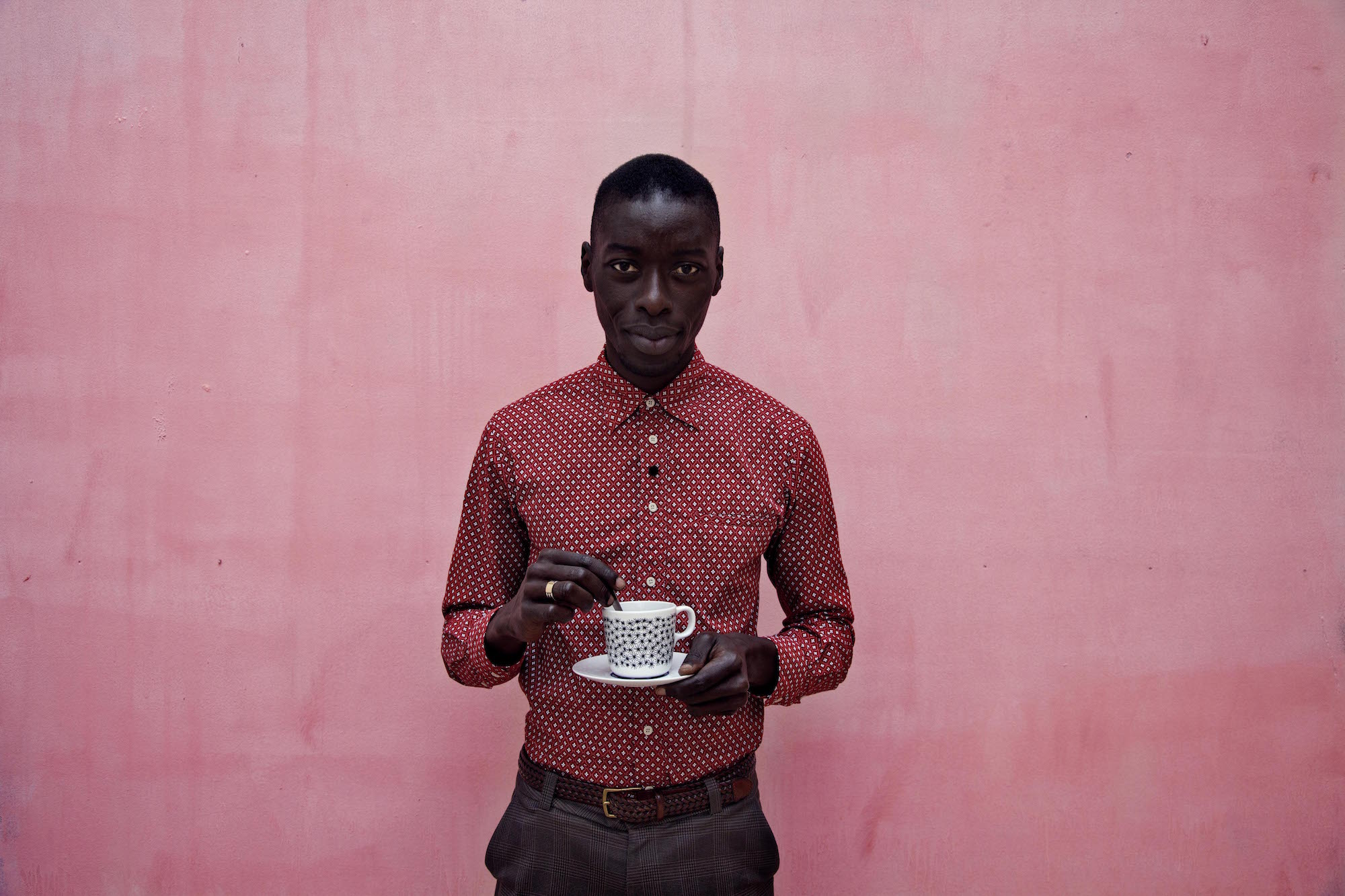Despite the heavy downpour outside, excitement was brewing at the Svenska Filminstitutet in Stockholm as a group gathered inside the Filmrummet screening room on October 6, 2014. It was a significant occasion – it was the first time the Swedish Film Institute would host a full-day programme dedicated to showcasing and discussing movies, music and artistry from Africa. Called ‘Black Is the New Black’, the seminar featured panel discussions, screenings and several presentations of projects under development that, in some form or another, all related to African creativity. In the eyes of a New Yorker, the opportunity to discuss heritage, race and culture openly in a room wasn’t unusual, but for the group gathered in the room that day, it felt revolutionary.
For a New Yorker, the opportunity to discuss heritage, race and culture openly in a room wasn’t unusual, but for the group gathered there that day, it felt revolutionary.
Of all the participants in the conference (among them filmmaker Dani Kouyaté, DJ collective Mahoyo, director and producer Tarik Salah), Teddy Goitom and Senay Berhe’s presentation of their latest project, Afripedia, was particularly inspiring. Earlier this year, filmmakers Goitom, Berhe and Benjamin Taft, travelled to Angola, Kenya, South Africa, Senegal and Ghana to film a five-part documentary series that promotes a new generation of artists who are shaping the future of creative industries across the continent. Featuring fashion designers, artists, musicians, dancers and filmmakers, the series challenges preconceived notions about Africa with intimate portrayals of artists such Ghanaian soul singer Jojo Abot, Angolan transsexual singer Titica and Kenyan 3D animator Andrew Kaggia. Goitom and Berhe’s ultimate goal? To turn the documentary series into an online visual encyclopedia for contemporary African cultural production and creativity.
A few days after the conference I met Teddy at a coffee shop in Södermalm. ‘I’m from Ethiopia and Eritrea,’ Goitom begins, ‘and I got so sick of people telling me that culturally “we know nothing”. And I was curious – what type of creative culture is going on in other cities? I knew there was a lot going on, musically, etc. But what about art? Film? Fashion? There are so many creative industries that are not being represented. There is an abundance of art being created but we’re not hearing about it.’
There is an abundance of art being created but we’re not hearing about it.
As the founder and director of the popular online video magazine Stocktown (which has more than half a million unique visitors a month), Goitom has worked on creative projects in Stockholm and across the globe for the past 13 years. Unfortunately, he admits, securing the attention and financial support within Sweden has been extremely difficult. He confirms that despite some progress, Europe has yet to embrace African creative culture and industry on the main stage. Born in Jerusalem and raised in Stockholm, Goitom has a unique perspective that extends beyond geographical borders. For a long time his passion has been the exploration and discovery of creatives – particularly those who express themselves and their cultures in ways that push the envelope. In 2002, Goitom developed an independent music documentary series focused on ‘remixing culture’ across the US, Australia and Japan. ‘Before it became mainstream, I saw how certain genres of music passed on from place to place. I saw Baile Funk emerge in Tokyo. I had access to all of this, in places like Japan, Hawaii, New York, Brazil.’ Goitom observed that cross-border musical collaborations truly became possible online. ‘[The internet] was a place where people could share and collect information like never before.’
It started out simply – sharing among a close group of friends links of images and video and content that highlighted cultural shifts within the global music scene. Soon, this link sharing took form and Goitom launched Stocktown, an online video platform curated into countries and genres. It became a source of content and entertainment for him and his expanding transcultural network.
Goitom embarked on a research trip to Ethiopia, Burkina Faso and Ghana to gather first-hand information about what was happening within creative culture. His first stop was Addis Ababa, where he met photographer Aida Muluneh. Exhausted by the stereotypical portrayal of ‘African life’ in popular imagery, Muluneh had developed Addis Foto Fest, a biannual photography festival that supports the development, dissemination and promotion of images from Africa. ‘To me, Aida is an example of the change – a change in consciousness,’ Goitom says, deeply inspired by her vision to reset and reclaim the world’s perception of Africa through imagery.
Stocktown took the leap from curation to content creation when Goitom approached Chris Saunders, a South African photographer based in Johannesburg, who is known for his work capturing artistic subcultures within the country. Goitom was interested in filming a pilot in South Africa. ‘Chris was connected to a DIY fashion crew called the Smarteez – so we went down to document what was happening in Joburg.’ The result was a 28-minute mini-documentary, profiling emerging artists at the forefront of creativity and street culture, including musician Gazelle, filmmaker Ebrahim Hajee, and rap group Die Getuies. ‘There was so much happening in terms of fashion, music, performance artists – yet there were no networks developing between countries, between artists, to really share or talk about what was going on.’
There was so much happening in terms of fashion, music, performance artists – yet there were no networks developing between countries, between artists, to really share or talk about what was going on
Stocktown‘s film on South African creative culture was the first step in a long journey to changing that. From there, Goitom travelled with filmmaker Benjamin Taft to Kenya and Angola to discover and document creative subjects in each country. ‘In Nairobi and Mombasa, we focused on African digital art and filmmaking; in Luanda, it was music and fashion.’ Senay Berhe joined the team in Senegal, where they shot another episode. From there, it was back to Ghana, where Goitom filmed a small programme on the Swedish slave trade, edited a trailer and submitted it to Swedish television, which almost instinctively turned it down. ‘We only have one channel to go to. You have to take it outside, to co-produce.’ So, he took the trailers to a pitch workshop in Berlin where he presented his work to representatives from a variety of European TV channels. As one of two final contestants, Goitom received feedback from the panel of judges, who advised him on how to make the project marketable. ‘The jury said: you should consider changing the narrative of the project by collaborating with a celebrity,’ he explained. ‘It became a discussion on stage. I argued that it was a completely colonial way of thinking, and that the audience should be able to connect with these creative stories alone.’ Goitom didn’t win the final round; he refused to sell out. It was back to square one.
‘We already built an extensive network with Stocktown, but I wanted to make something even more visual, more accessible – to create a kind of visual Wikipedia that would allow creative people to share their work with like-minded people on a global scale,’ Goitom explained, ‘I was thinking about cultural outlets and the influence that can come out of these places. How could we make something new? Something where others could contribute knowledge, engage, get fed and influence the system. I wanted to think big: how can a platform influence politicians, cultural institutions, universities, countries?’ Goitom references travel sites and dating sites as inspiration, as he believes Afripedia should also feel like an experience. ‘I want to create that feeling of connection. I want people to get excited about creativity and then physically connect.’ Goitom insists that collaboration is the key to making things happen. ‘We can export our knowledge, our network, and if we involve curators, it could grow very quickly. We want to think in the future.’
Goitom references travel sites and dating sites as inspiration; he believes Afripedia should feel like an experience.
The idea itself is channel-agnostic, but at the centre of it, Goitom believes an editorial team must drive content, constantly developing text, imagery and video. And, as with building any business or brand, there will be rules. ‘You will need to have a network to participate, as I imagine this being built on referrals and recommendations within the worlds of contemporary art, design, photography, film, fashion and music. It will need to have a balance: an equal curation of works being created within the continent and in the diaspora. As Africa tends to be a male-dominated culture, I would like an equal representation of male and female contributors. The entire process must be a mix and a balance. And there will be a submission process that is fielded by a team of expert curators.’
The five-part mini-documentary series, which Goitom describes as ‘a series of inspiring campaign films’, will help to promote awareness of the Afripedia initiative as well as gauge general interest in the project. Goitom says that Afripedia has the potential to benefit many groups of people. ‘Journalists need access to an authoritative, informative source to build their understanding and to find people to portray through. Cultural institutions, educational institutions and businesses can use the platform to seek out people for different kinds of creative collaborations, which already appeared in previous platforms.’
The films are just the beginning. He imagines the platform, with the right partnerships and funding, will expand beyond a knowledge resource into a fully functioning e-commerce marketplace that allows for the exchange of goods and services between creatives, allowing people who have a presence on the platform to sell their art to those who want to buy it. ‘A platform like this gives us the ability to work based on local knowledge rather than a top-down perspective. Afripedia is completely unique in its ambition when it comes to a broad, encyclopedic way to introduce voices, stories and works from Africa and the African diaspora.’

